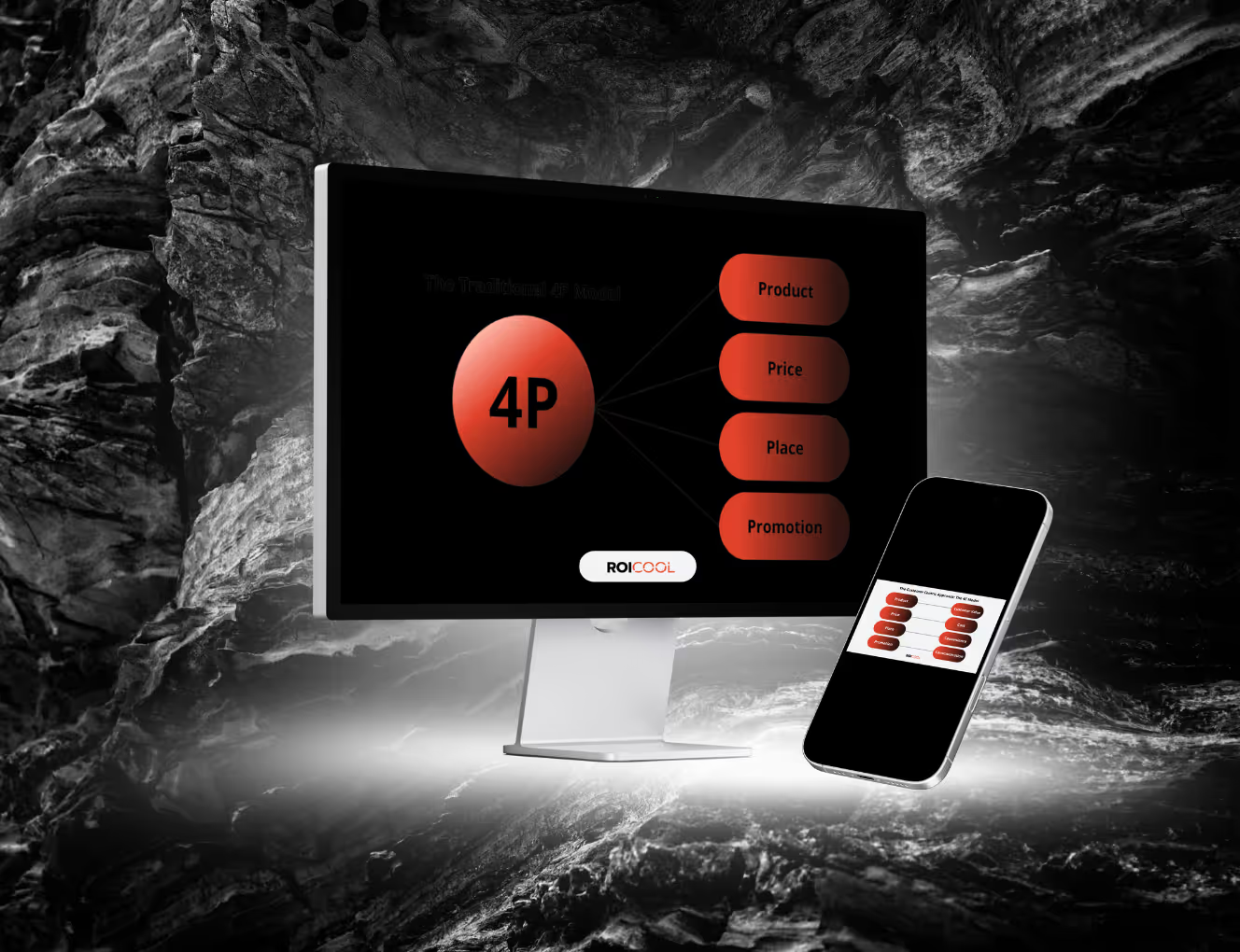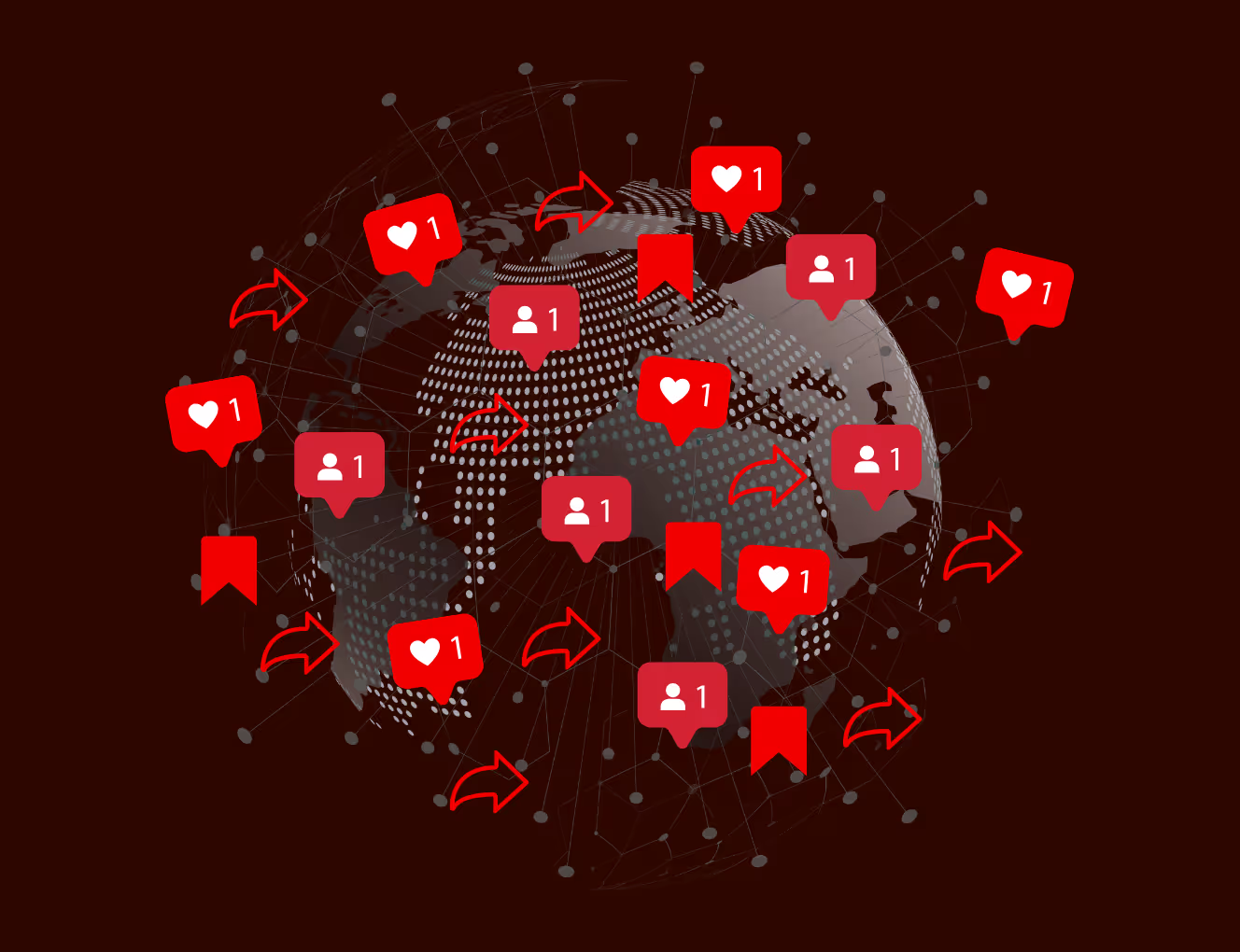In today's fast-paced digital landscape, a strong online presence is non-negotiable for business success. But simply having a website isn't enough; you need to actively reach your target audience where they spend their time. Digital advertising is the vehicle for this, offering a vast and versatile ecosystem of channels to connect with potential customers. From paid search results to influencer endorsements, each type of digital ad has a unique role to play in a comprehensive marketing strategy.
This guide will walk you through the most effective types of digital advertising, explaining how each works, its primary benefits, and how you can use them to achieve your marketing goals. By the end, you’ll have a clear understanding of the digital advertising ecosystem and how to build a winning strategy.
1. Search Engine Marketing (SEM)
When a user actively searches for a product or service, they have high commercial intent. Search Engine Marketing (SEM) is the practice of promoting a website's visibility on search engine results pages (SERPs) through paid advertising. The most common form is Google Ads, which allows you to bid on keywords and have your ads appear at the top of the search results.
Key Benefits:
- Intent-Based Targeting: You reach users at the exact moment they are looking for what you offer.
- Immediate Visibility: Unlike SEO, which can take months to produce results, SEM provides instant visibility.
- Measurable ROI: Every click and conversion can be tracked, allowing for precise ROI measurement.
For any business looking for fast, measurable results, Google Ads is often a top priority.
2. Social Media Advertising
Social media platforms are no longer just for socializing; they are powerful advertising engines. Platforms like Meta (Facebook and Instagram), LinkedIn, TikTok, and Twitter offer highly sophisticated targeting capabilities, allowing you to reach audiences based on demographics, interests, behaviors, and more.
Key Benefits:
- Extensive Targeting: You can create highly specific audience segments, ensuring your ads are seen by the right people.
- Brand Awareness: Social ads are excellent for building brand awareness and telling your brand's story through engaging visuals and videos.
- Audience Engagement: They encourage direct interaction, fostering a community around your brand.
For a business that wants to build an audience and engage with them directly, social media advertising is an indispensable tool.
3. Display and Programmatic Advertising
Display ads are the visual banner ads you see across millions of websites and apps. They come in various formats, from simple text and static images to interactive videos. While they may not have the direct intent of search ads, they are highly effective for building brand awareness and retargeting.
Programmatic advertising is the automated process of buying and selling display ad space. Using powerful algorithms and real-time bidding, this technology ensures that your ads are served to the right user at the right time, making display advertising more efficient and effective than ever before.
4. Content and Native Advertising
In a world of ad blindness, content marketing offers a solution by focusing on providing value rather than just selling a product. Content advertising is a form of inbound marketing that attracts users by offering helpful, informative, or entertaining content.
Native advertising takes this a step further by making ads blend seamlessly with their surrounding content. A sponsored article on a news site or a sponsored post in a social media feed are classic examples. Because they don't look like traditional ads, native ads often achieve higher engagement rates.
5. Influencer and Affiliate Marketing
These advertising types leverage third-party endorsements to build trust and drive sales.
- Influencer Marketing: A brand collaborates with a social media influencer to promote its products or services to the influencer's audience. This strategy works because the influencer's followers trust their recommendations, leading to a high conversion rate.
- Affiliate Marketing: A brand partners with individuals or other businesses (affiliates) who earn a commission for every sale or lead generated through their marketing efforts. This is a performance-based model, making it a low-risk way to expand your reach. Testimonials and authentic reviews from affiliates can also boost your brand’s credibility, as noted in the testimonials section of our glossary.
6. Other Key Digital Advertising Types
The digital advertising ecosystem is vast and includes several other important channels.
- Email Marketing: Sending promotional messages or newsletters to an audience that has opted in to receive them. It is one of the most cost-effective and highest ROI advertising channels.
- Video Advertising: Placing video ads on platforms like YouTube, Hulu, or social media feeds. Video is a powerful medium for storytelling and can significantly boost engagement and brand recall.
- Retargeting/Remarketing: Showing ads to users who have previously visited your website or interacted with your brand. This is an incredibly effective way to reconnect with interested users and push them further down the sales funnel.
Conclusion
The world of digital advertising is constantly evolving, with new platforms and formats emerging all the time. But by understanding these core ad types, you can build a powerful strategy that is both versatile and effective. The most successful businesses don’t rely on a single channel; they create a blended approach that combines the immediate results of paid search with the long-term growth of content marketing and the community-building power of social media. Choosing the right mix of digital advertising channels is a strategic decision that will shape your brand’s future and determine your success in the digital marketplace.










